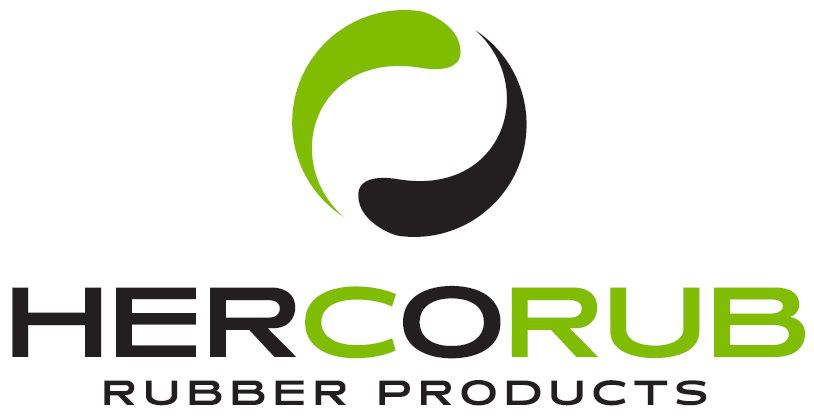The “Chemical Resistance Guide” rates the most well-known polymers for their resistance to chemicals they may come into contact with. This document can be consulted to determine suitable rubber types for a specific environment.


In addition to chemical resistance, it is at least as important to take other environmental influences and operating conditions into account, such as temperature and load (static/dynamic).
The following documents provide a general overview of the properties, advantages and limitations of the most common polymers.
Useful links
ISO 3302-1:2014
This standard specifies the dimensional classes and associated tolerances for moulded, extruded and calendered rubber products.
Rubber & Tire Digest
Daily news out of the rubber world
VKRT
Dutch Association for Plastic & Rubber Technologists


